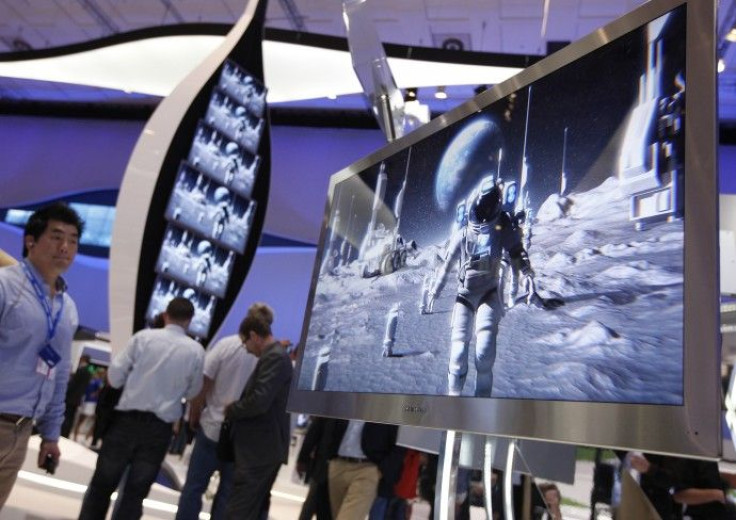Study: Paid, HD-TV Are The Norms

Once classified as niche, paid-for-television content through cable, satellite or the internet is now more customary than free-to-air services, according to one study.
The Motorola Mobility's Global 2010 Media Engagement Barometer looked at the viewing habits of 7,500 consumers in 13 markets including Australia, China, France, Germany, Japan, Nordics, Russia, Singapore, South Korea, Turkey, United Arab Emirates, the U.K. and the U.S.
The study, conducted in conjunction with research agency Vanson Bourne, said despite the fact that free-to-air services are more readily available than paid content, the latter is more popular.
The research clearly shows a changing television landscape, one where subscription services are becoming mainstream, augmented by social activities revolving around Internet chat and networking channels, Bill Ogle, chief marketing officer, Motorola Mobility, said in a statement.
The study also found 42 percent of viewers have had an email conversation, engaged in an instant message chat or used a social network during a program to discuss it. 62 percent of those people said they would pay for a service that allowed them to multi-task more efficiently.
As we advance further into the Internet Era of TV, the ability for service providers to differentiate their offers will become even more crucial as consumers look for extra value from their subscriptions. The good news is that, based on these findings, consumers are willing to pay for the services providing the value, Ogle said.
Still, the survey suggests Internet based TV products, such as the offerings from Google and Apple, are still not ready to take off in terms of paid content. Only 39 percent of the respondents said it was important able to access paid content on devices other than the main television set.
The survey also looked at the types of televisions being used to consume products. It found 75 percent either own or plan to own an HD television in the next 18 months. Additionally, 25 percent are expected to upgrade their TVs to include 3D in the same timeframe.
Also, according to the survey Japan and North America are the markets watching the most TV according to the survey at an average of 21 hours per week. South Koreans watch the least amount of TV per week at 13 hours.
The research clearly shows a diverse market. While there are definite trends emerging, each region has its own challenges and opportunities thanks to cultural, technological and economic factors, Ogle said. The need to cater to a diverse market will be an important issue going forward he added.
Service providers need to develop a keen understanding of their customers' needs in each market and be agile enough to roll out services that meet specific requirements and desires. This means having the content and delivery platforms in place to react to customer demand, rather than taking a one-size-fits-all approach.
© Copyright IBTimes 2024. All rights reserved.











